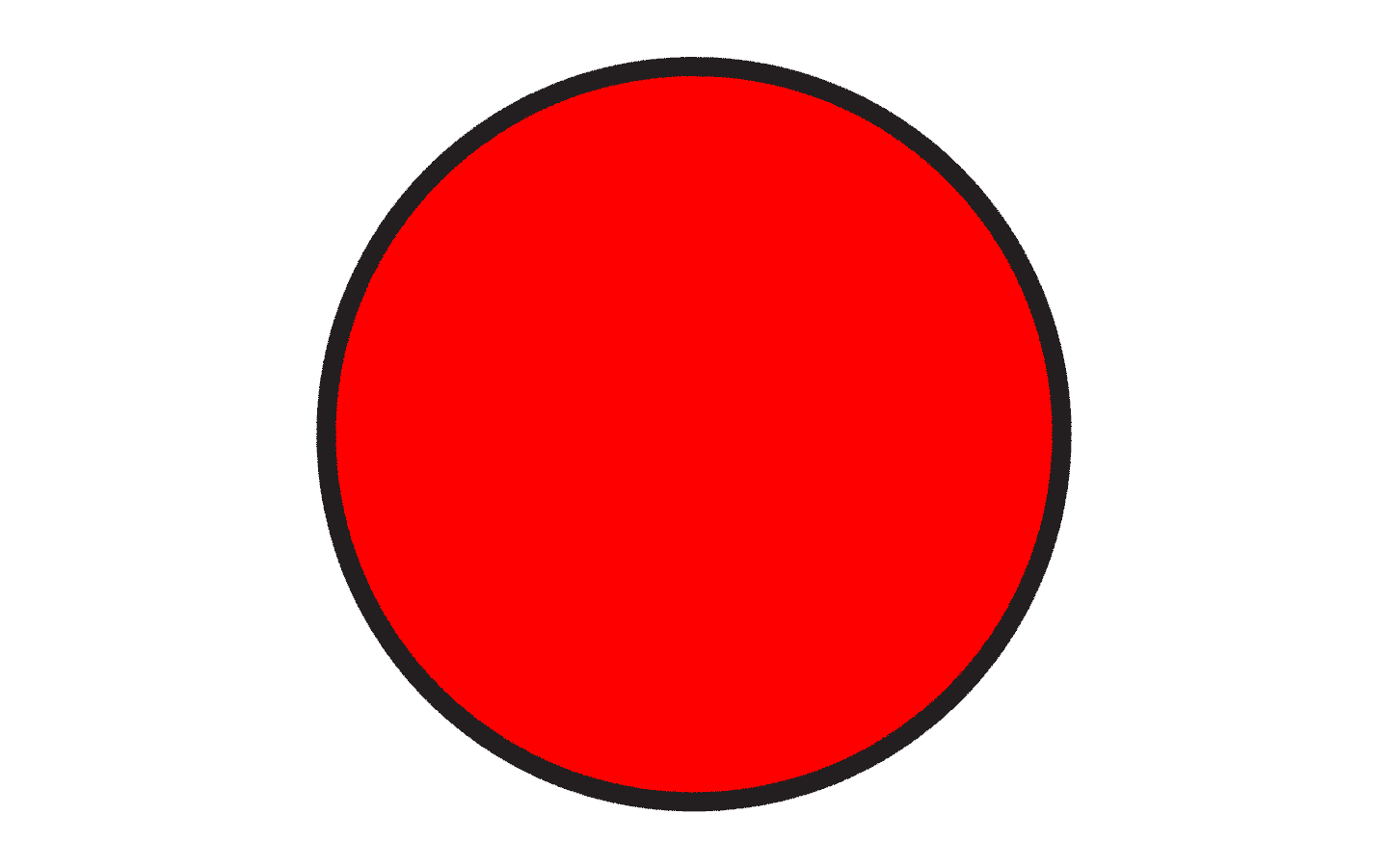Notes
1
Mark Jarzombek, "The Rise of the So-Called Pre-Modern," in 2000+: The Urgencies of Architectural Theory, ed. James Graham (New York: GSAPP Books, 2015), 135.
2
See: Folding in Architecture, ed. Greg Lynn, Architectural Design 63 (1993).
3
K. Michael Hays, "Introduction," in Architecture Theory since 1968, ed. K. Michael Hays (Cambridge, Mass: The MIT Press, 1998), xii.
4
Manfredo Tafuri, Theories and History of Architecture (New York: Harper & Row, 1980), 2.
History/Theory is a collaboration between the Institute for the History and Theory of Architecture (gta), ETH Zurich and e-flux Architecture.
© 2017 e-flux and the author
